The Fire Dancers of Crocodile Park
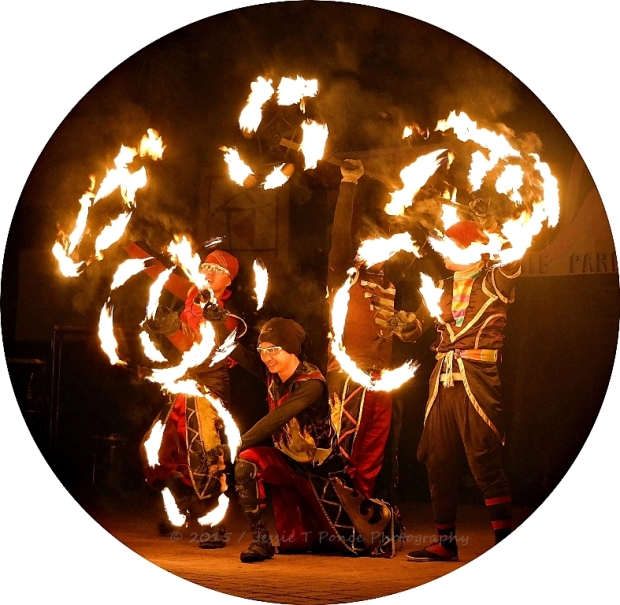
Like Kung Fu fighters about to incinerate their opponent with fireballs, the male contingent of the Tribu K’Mindanawan perform one of their fiery routines
Davao City, August 2015: I had a chance once again to visit the Tribu K’Mindanawan Cultural Village at Davao Crocodile Park to accompany a small group of guests from Manila. Conveniently located along the banks of Davao River at the heart of Davao City; the park is a favorite destination for tourists because of the variety of attractions it offers and the culturally-rich shows held on its grounds. The cultural village showcases the richness of the Indigenous People in Mindanao. The fire show featured on weekends is one of its major attractions.
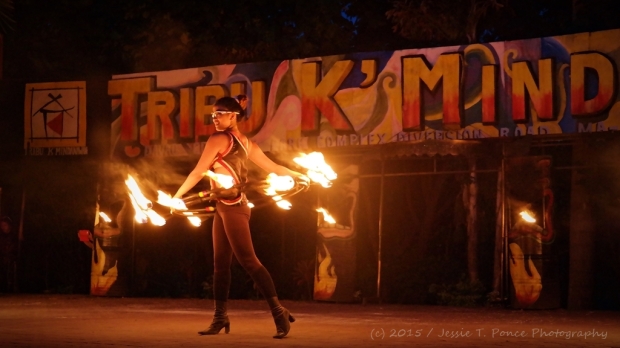
The lead fire dancer prepares to start an exhibition with fiery hoops
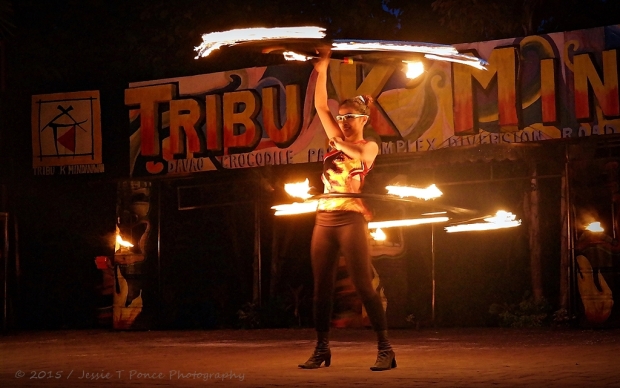
The fiery hoops gather speed as the dancer starts swirling them on her hips and above her head
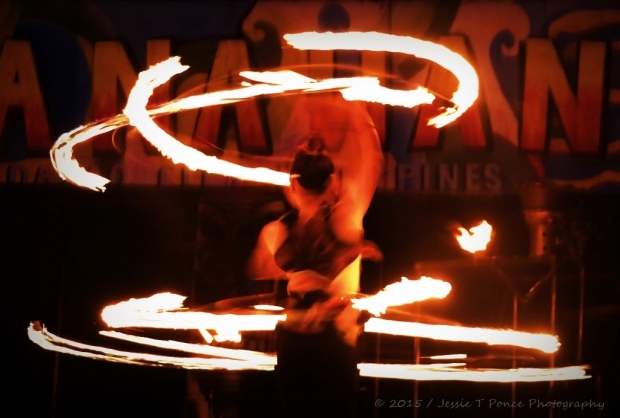
And then the swirling and twirling gathers speed leaving only a trail of whooshing fire spinning above and around the dancer’s body
Fire dances have traditional roots in many cultures and have become major attractions in cultural shows for tourists all over the world. The traditional fire dance dedicated by the Aztecs to Xiuhtecuhtli, the god of fire is regularly performed for tourists in Mexico. A trance ritual called the sanghyang, traditionally “performed to ward off witches at the time of an epidemic” is featured in the Angel Dance and Fire Dance in cultural shows in Bali, Indonesia. The Siddha Jats of the Thar Desert in India perform traditional fire dances as part of the Spring festival. Many other places such as French Polynesia, Antigua, Cuba and Saint Lucia recreate their traditional fire dances for tourists.
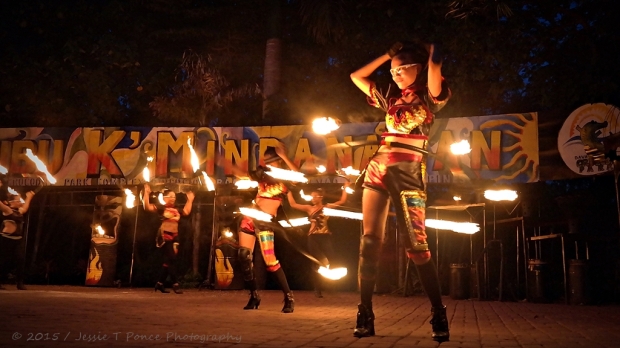
Before the audience was able to catch their breath, the whole troop of dancers took over the stage and literally played with fire using their hoops
Mindanao, the southernmost group of islands in the Philippines and often called “The Land of Promise”, is a melting pot of many cultures. Influences from the Spaniards, Malays, Indonesians, Polynesians, Chinese and other countries are evident in many tribes in this resource-rich island. Through its cultural shows, “Tribu K’Mindanawan” or “Mindanaoan tribes” attempts to highlight the richness of cultures in this part of the Philippines.
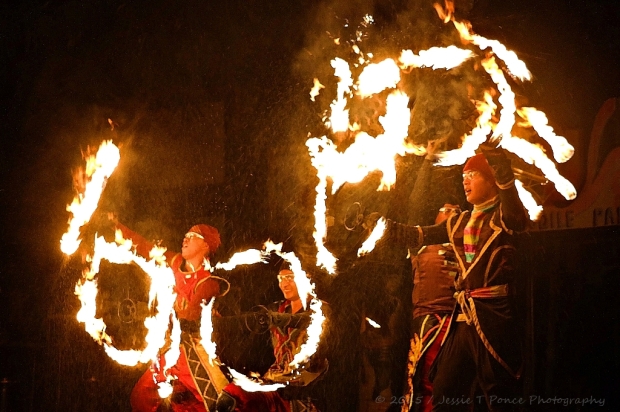
Not to be upstaged, the boys’ group also come into stage with a lot of noise and fiery acrobatics
Among the Philippines’ cultural dances that remains alive, perhaps elevated to a higher level by the Tribu K’Mindanawan, is the Tinikling. In this dance, pairs of bamboo poles are used as a percussive instrument. The poles are held on both ends and, following a lively beat, they are loudly banged against the floor and each other. As the bamboo poles are clashing, the dancer steps in, out and then across the clashing poles while making simultaneous dance movements with her arms and the upper parts of her body. As the dance continues, the banging of the bamboo becomes faster and harder, and only the quickness and precision of the dancer’s moves keeps her away from being caught between the clashing poles.
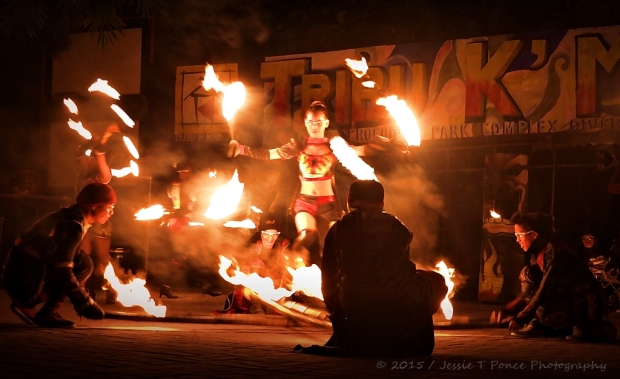
Tribu K’Mindanawan dancers perform a breathtaking version of the Philippines’ traditional bamboo dance with a fiery twist
Many variations of traditional fire dancing involves walking on hot coals. In these versions, a large fire is created and allowed to burn down. Once the fire is reduced to a pit of glowing embers, the men jump in and out of the pit, kicking up the embers to create showers of sparks while women perform a dance while balancing flaming tin pots on their heads to the beat of drums and other instruments. In the Tinikling version of Tribu K’Mindanawan, the element of fire is generously added to the bamboo poles that the dancer had to cross and the torches that she waved around as she made rapid steps in and out of the clashing fiery poles — a stunning feat that makes the audience hold their breath for many heartbeats.
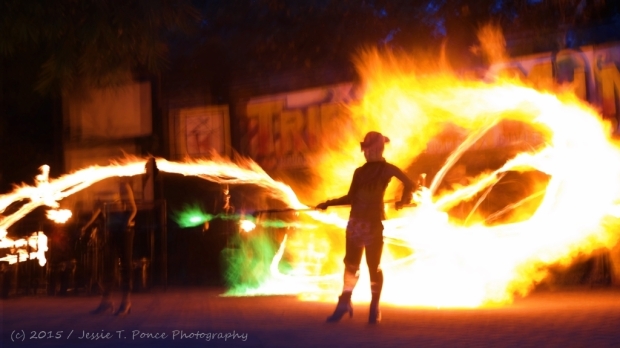
At a climactic point, the fire show bursts in flames of neon colors
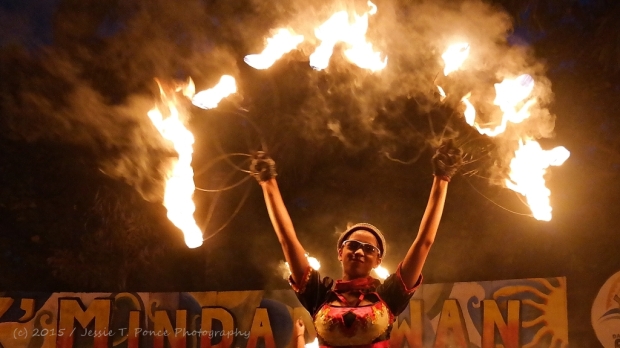
And, before anybody realizes it, the adrenaline-pumping show has come to an end and the fire dancers wave a flaming goodbye
Before I knew it, the show has ended, the dancers have bowed and waved to the audience a flaming goodbye, and parts of the crowd have rushed to the stage to take selfies with the dancers. As my guests queued for their turn at the stage, I reviewed the photos in my camera. Not all the images were perfect but they all glowed under the dancers’ flames. My week ended in glorious flames, so to speak.


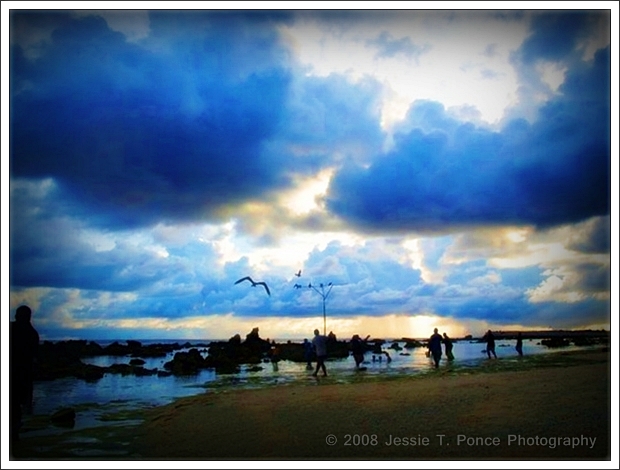
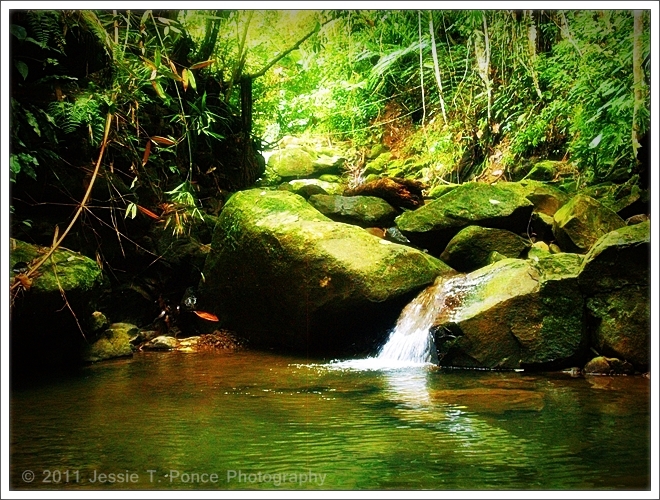



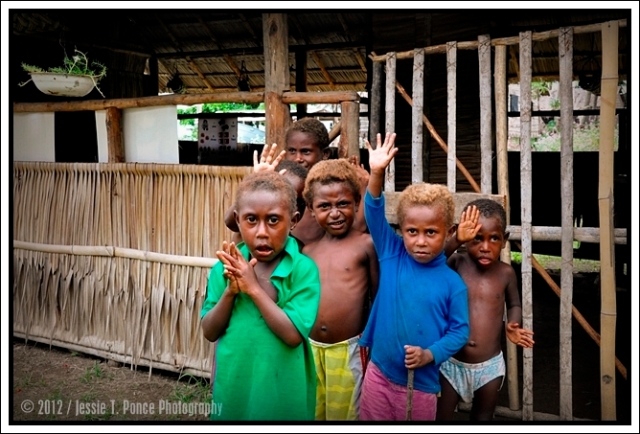
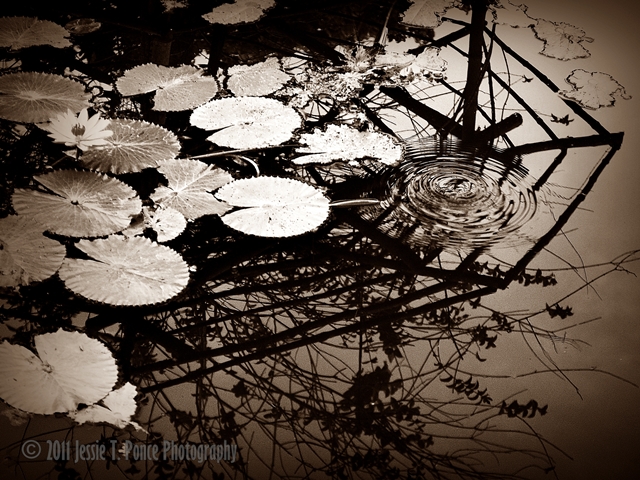

What a fascinating show….nicely done, Jessie.
LikeLike
Thanks, my friend.
LikeLike
You are most welcome. 🙂
LikeLike
Reblogged this on Art History blog.
LikeLike
Thanks for the reblog.
LikeLiked by 1 person
You are welcome really original and different It will cheer my daughter up who is in Hospital. Laurence
LikeLiked by 1 person
another intereseting piece..u just gave me an idea for my next Davao visit.
LikeLike
Pingback: The Fire Dancers of Crocodile Park | ofRainbowsandButterflies